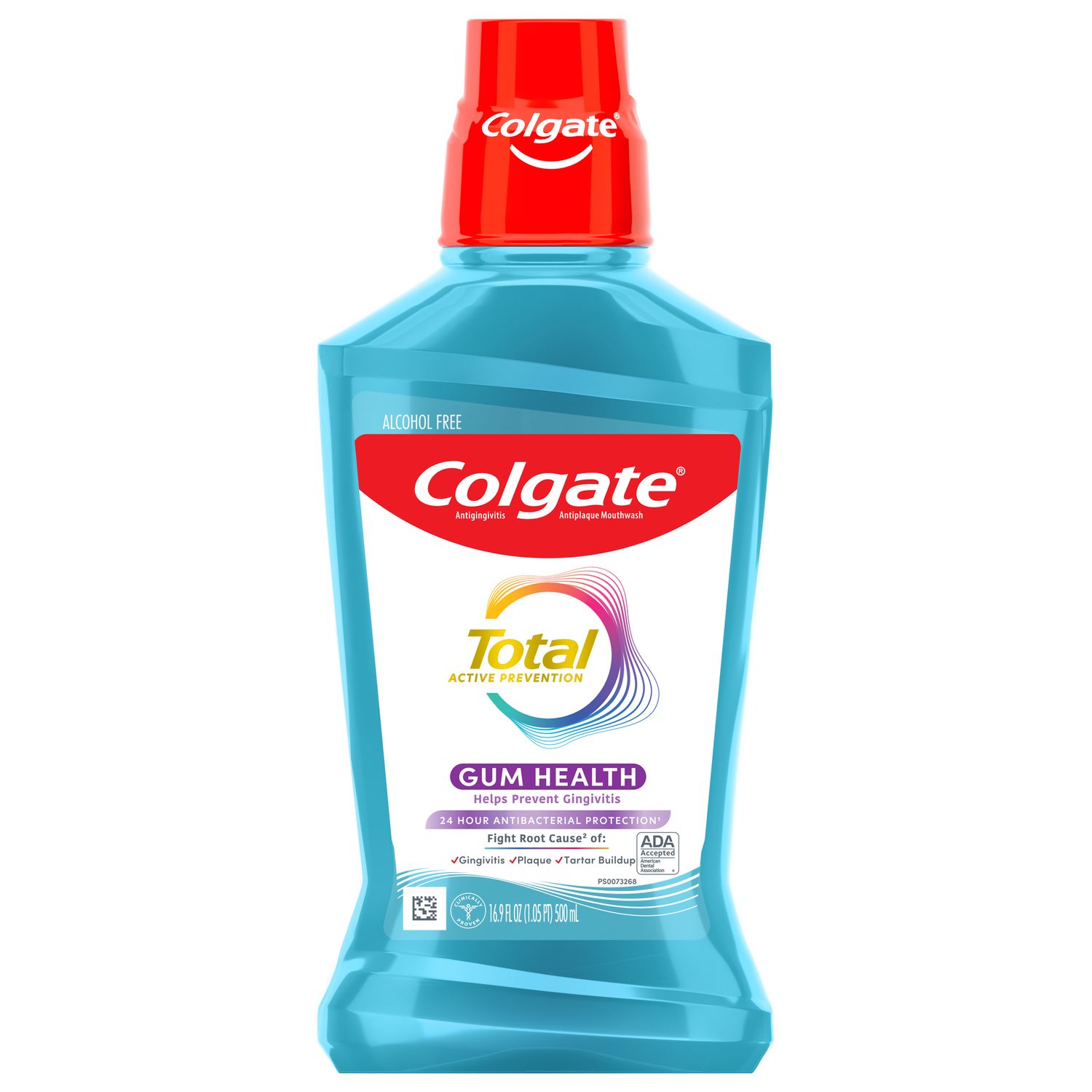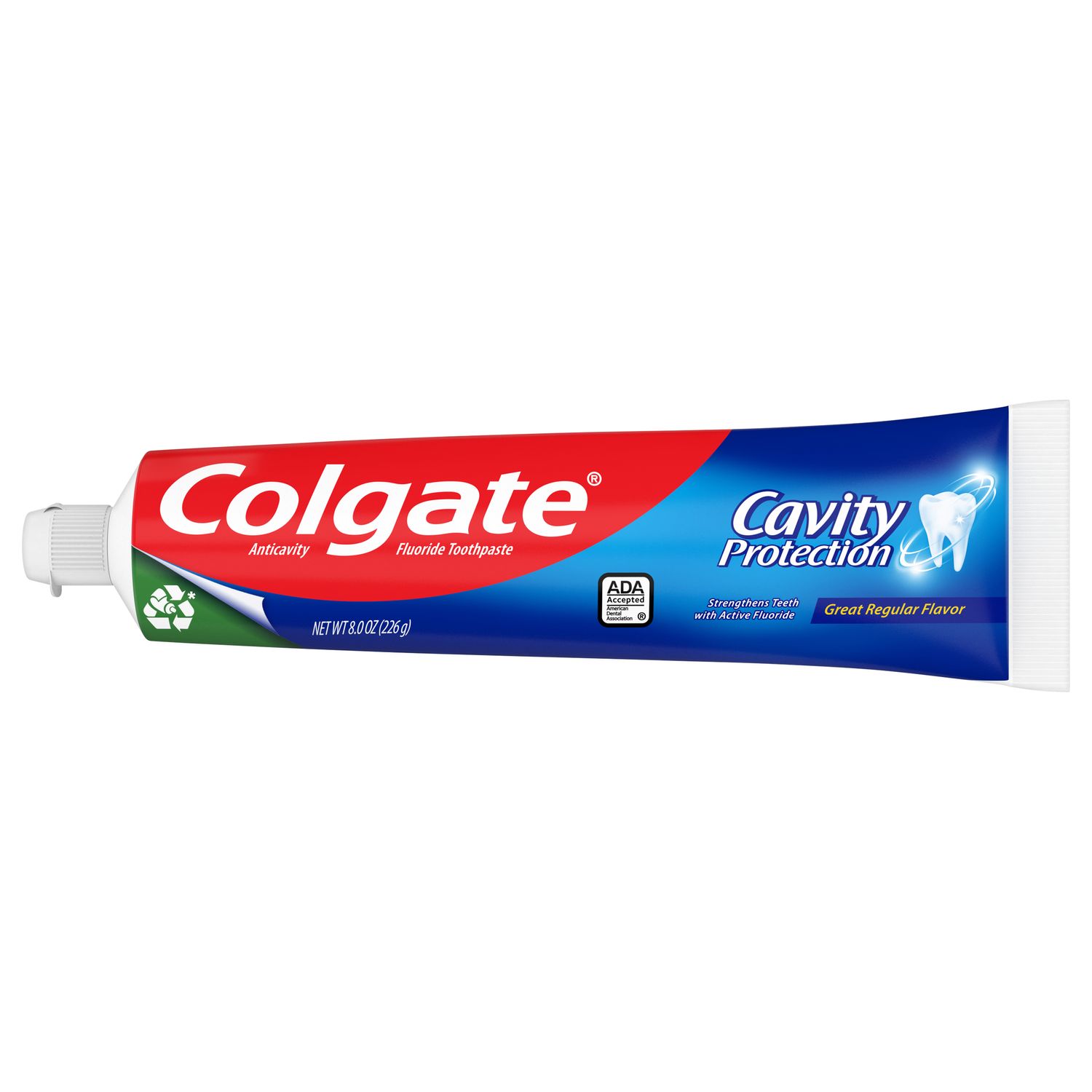What Are Dental Onlays?
Onlays fit over your tooth’s biting surface and are made of a solid piece of porcelain, composite, resin, or gold. This type of restoration is used to fix a tooth that has been damaged by decay or injury. Onlays are similar to inlays but differ in the amount of your tooth they cover. Onlays go over the cusp (or cusps) of your tooth, whereas inlays fill the space between your cusps.
Dental onlays can be thought of as a middle ground between filling a cavity and removing part of your tooth to cap it with a crown. Onlays are similar to crowns but replace less of the healthy tooth, making them a less extreme option.
Situations when a dental professional may recommend an onlay:
- When a cusp of your tooth is damaged so an inlay or filling can’t be used
- If you have a cavity on a tooth with a weak structure that may crack if restored with a regular filling
- To avoid the removal of the amount of natural tooth structure usually required to place a crown
According to the American College of Prosthodontists, it can be challenging to determine which situation warrants a filling, crown, inlay, or onlay. For this reason, it’s essential to consult your dental professional for their expert opinion.
The Dental Onlay Procedure
The procedure to fit and place an onlay usually requires two dental appointments:
- The first will typically involve your dental professional numbing a portion of your mouth with a local anesthetic. After your tooth is numb, they’ll remove the decayed or damaged portion to prepare your tooth for the onlay. At this time, they’ll take an impression of your tooth to send out to a laboratory to create the permanent restoration. Finally, they’ll protect your tooth until your next appointment with a temporary onlay.
- The second will be scheduled after your onlay is fabricated. Your dental professional will remove your temporary onlay, clean the tooth, place the restoration, and ensure a good fit. After checking your bite, they will permanently bond the onlay to your tooth and polish it to match your natural teeth.
If dental appointments are stressful for you, keep in mind you’re making a great choice to protect your smile and prevent the need for more dental work in the future.
Helpful tip: Talk with your dental professional about what onlay material is the best choice for your oral health, budget, and smile.
Temporary Onlay Care
The time it takes to regain sensation from local anesthetic depends on various factors, so it’s essential to follow your dental professional's recommendation. It’s a good idea to avoid eating until you regain sensation to prevent damaging your temporary filling or hurting yourself without feeling it.
While your permanent onlay is being fabricated by a laboratory from the impression made by your dental professional, they will likely fit you with a temporary onlay to protect your tooth. This temporary restoration requires special care and attention to avoid damage that could require another dental appointment to repair.
Tips when caring for your temporary onlay:
- Avoid using flossing devices around the onlay so it's not accidentally damaged or removed
- Skip chewing sticky or hard items like gum, candy, nuts, or ice
- If it becomes dislodged or damaged, contact your dental professional
- Pass on overly hot or cold food and beverages that could aggravate sensitive areas
- Brush your teeth gently twice daily for two minutes
- Consider using antiseptic mouthrinse to help avoid problems with your gums
Dental onlays can be a great solution for some, but only a dental professional can determine if a filling, crown, inlay, or onlay is the right choice for you. You’re now prepared to understand what these helpful restorations offer and what to expect for the procedure. It’s always a great choice to read up about your dental health and set yourself up for success in the future.
Oral Care Center articles are reviewed by an oral health medical professional. This information is for educational purposes only. This content is not intended to be a substitute for professional medical advice, diagnosis or treatment. Always seek the advice of your dentist, physician or other qualified healthcare provider.
ORAL HEALTH QUIZ
What's behind your smile?
Take our Oral Health assessment to get the most from your oral care routine
ORAL HEALTH QUIZ
What's behind your smile?
Take our Oral Health assessment to get the most from your oral care routine















